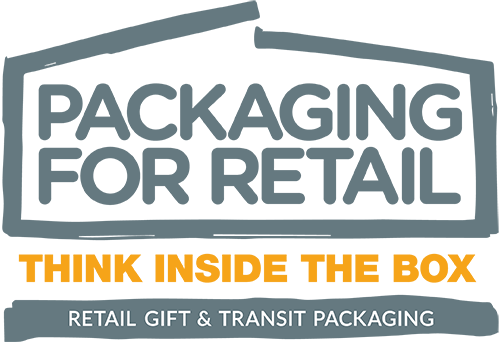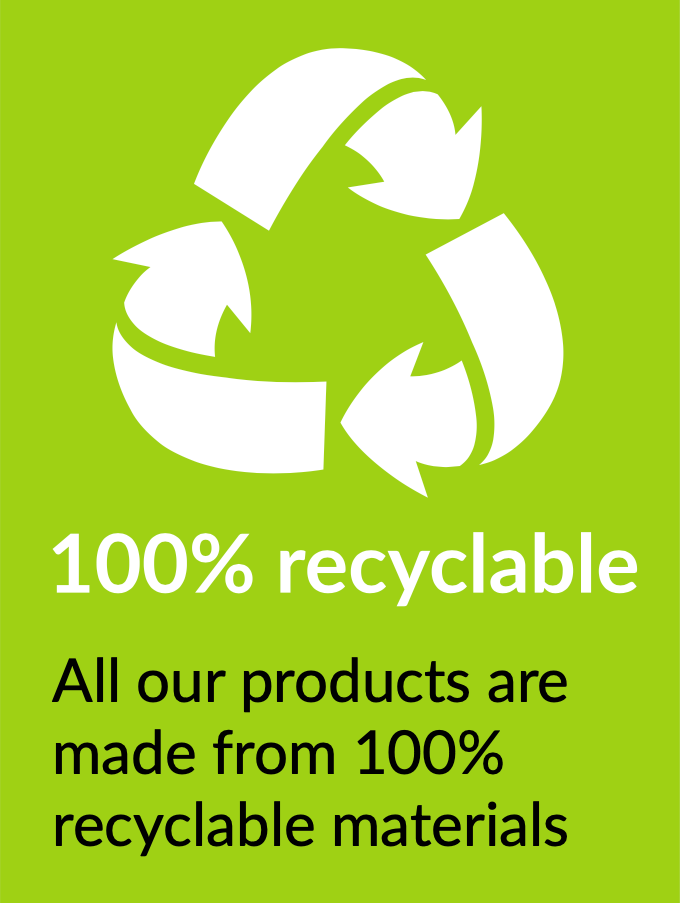As we become increasingly aware of our environmental impact, the importance of sustainable packaging and cardboard box recycling is at the forefront more than ever before. Unfortunately, the packaging industry is notorious for causing harm to marine and other environments, filling up landfill sites, excessively using resources and materials, and producing too much single-use plastic and non-recyclable materials. For this reason, the packaging industry has undergone a considerable shift to move towards greener practices and improve its environmental impact.
While cardboard packaging recycling is integral to this shift, producing sustainable and environmentally friendly packaging goes way beyond just corrugated box recycling. Discover what exactly qualifies as eco-friendly practice below.
What is Eco-Friendly Packaging?
In the western world, the average consumer handles upwards of 50 packaged items daily, and it’s this prevalence that has heightened our awareness of our ecological footprint. Despite this, do we actually know what makes packaging sustainable?
In short, sustainable packaging is that which reduces the environmental impact and ecological footprint. As a result, the entire lifecycle of the packaging must be considered. Therefore, it’s not just about what happens to the packaging at the end of its usage; it’s also about the supply chain, basic function, marketing, reusability, and much more. Each feature of sustainability falls under one of three categories: economic (profit), environmental (planet), and social (people).
Different Types of Sustainability
It can be tricky to define sustainability, as it can mean different things to different people. From a consumer perspective, the most common types of sustainability include biodegradable, compostable, or recyclable packaging. Ultimately, there are numerous ways in which the sustainability of packaging can be increased, so long as the ecological footprint and environmental impact are substantially reduced.
The Advantages of Sustainable and Recyclable Packaging
The most obvious advantage of sustainable packaging is that it reduces the negative impact that the industry has on the environment. Despite this, there are many benefits that can be reaped by companies through the use of sustainable packaging. These include the following:
- Savings in storage through a reduced volume of materials
- Reduced transit fees through a minimised volume of materials
- Reduced material costs for smaller volumes
- Optimised customer satisfaction
- Increased sales among particular demographics
- Unique brand positioning in certain markets
What Makes Sustainable Packaging?
Since it’s so hard to define what sustainable packaging is, misconceptions about environmentally friendly packaging are widespread. As a rule of thumb, sustainable packaging should:
- Have a physical design that maximises energy and materials
- Be efficiently used and recovered in closed-loop cycles
- Be crafted from materials that are healthy regardless of the end-of-use scenario
- Be produced using clean production technologies
- Include recycled or renewable source materials
- Be obtained, produced, transited, and recycled via renewable energy
- Meet the market criteria for cost and performance
- Be healthy, safe, and beneficial for communities across its lifespan
Ensure Your Packaging is Sustainable and Environmentally Friendly with P4R
Here at Packaging for Retail, we pride ourselves on providing products made from 100% recyclable materials. What’s more, most of our solutions can be reused and then recycled at the end of their lifespan. As a result, we bear the entire lifecycle of our products in mind when it comes to the manufacturing and provision of sustainable and environmentally friendly packaging.
We provide packaging solutions to all manner of industries. If you’re in need of an eco-conscious packaging partner, please don’t hesitate to get in touch.





